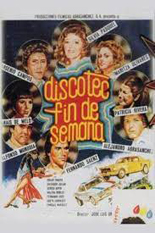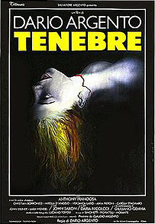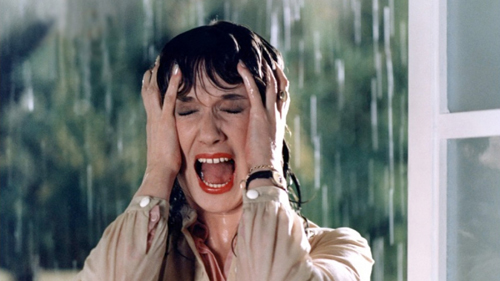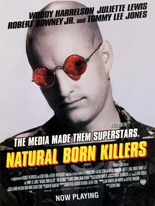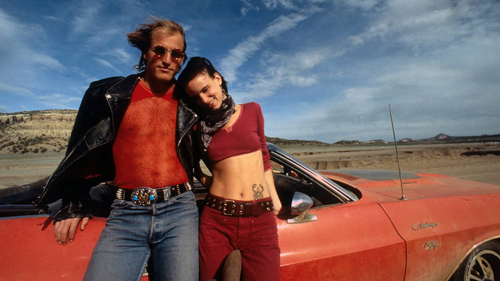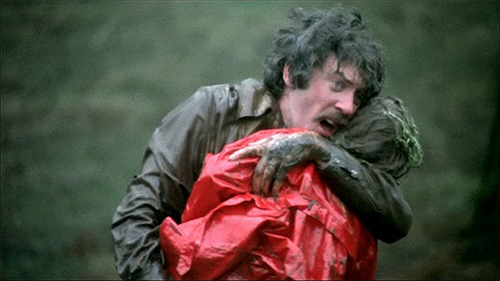
It’s Sabado Noche Fever! Aye-aye-ai!
Produced for Mexico’s Agrasánchez Studios, but filmed in my mother’s hometown of Brownsville, Texas, the disco-fied culture of the late 1970s is shot and filtered through the grainy Mexican film industry to create the dance-music-drenched fever dream, Discotec fin de Semana, released one year after dance fever had taken America by storm.
In its aftermath, Discotec has all the best low-budget set pieces, a bumpin’ age-30-for-18 cast and a dance floor-burning soundtrack, with discotheque versions of “Singin’ in the Rain,” “Disco Heat” and “Yes Sir, I Can Boogie.” Out of sight!

It’s a typical high school day, with the dancing b-ball player and the rich chauffeured student trying to win the heart of studious Susana (Silvia Pasquel). This is all well and good, but after the extended scene about the public school bus system, they all set out for a night of (mostly amateurish) disco dancing.
Between all the sex-comedy tropes of horny teens getting it on in a parked car, there is dangerous drag racing, current CB language, mustached scolding teachers, bleeping censored language, a Peter Frampton poster and a stereotypical grandma getting down with her bad self. Superbad!
Of course, it all culminates in a badly choreographed dance contest, but not before a seemingly epic knife fight at the beach!
Truly, more of a South-of-the-Border American Graffiti than a downscale take on Saturday Night Fever, Discotec fin de Semana is a Mexican love letter to the non-New York ritualized dance denizens — with their off-brand shirts and ill-advised moves — waltzing about the Texas moonlight.
Either way, it’s better than John Travolta’s Urban Cowboy. —Louis Fowler

